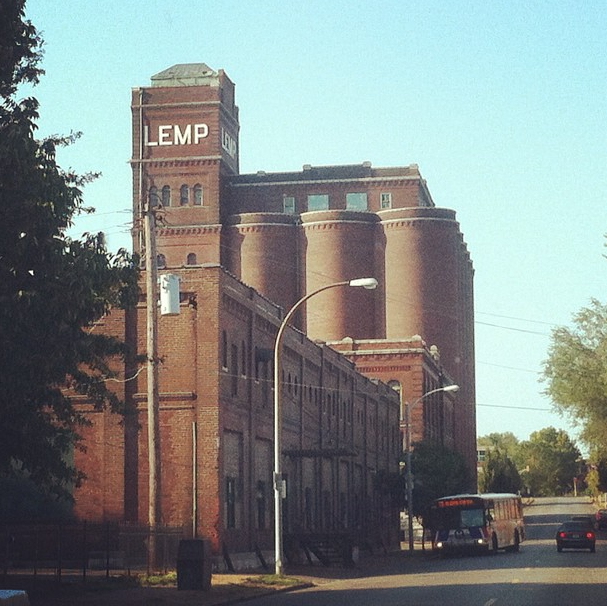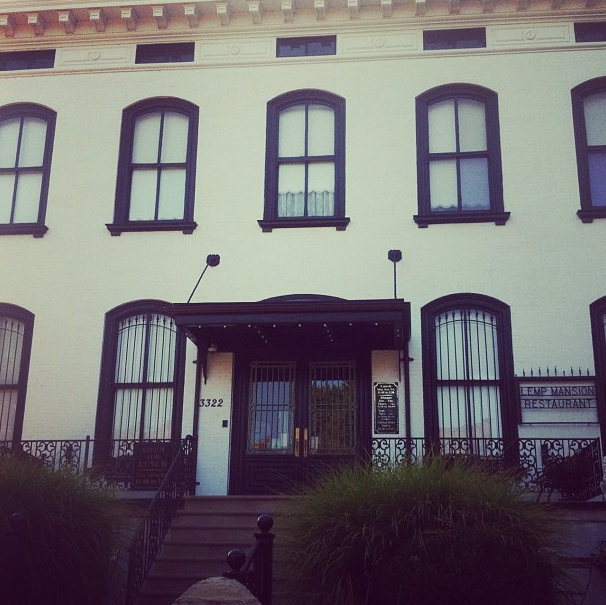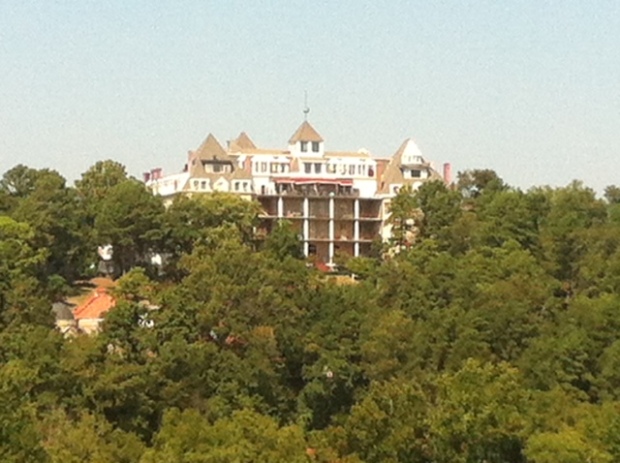Shirley Jackson’s The Haunting of Hill House is considered by many to be the best haunted house book of all time. I read Jackson’s short story The Lottery back in high school, and I was fascinated with her ability to layer meanings and craft a story that so captures a dark side of human nature. A couple months back, I came across a list of scary books, so naturally I had to start with Hill House.
Hill House is a mansion built by a man named Hugh Crain eighty years before the story takes place in the 1950s. It’s rumored by those in the nearby Hillsdale and beyond to be home to ghosts of its former inhabitants. Dr. Montague is a researcher who is particularly interested in psychic and paranormal occurrences. In seeking to document evidence of paranormal activity, he attempts to recruit a number of folks who have some experience with such phenomena as assistants, but the only two who agree to participate by staying at Hill House during the summer.
Eleanor and Theodora each accept Dr. Montague’s invitation as a means to escape the conflicts and personal difficulties they’re experiencing. Eleanor attempts to find belonging and freedom after spending much of her youth caring for her ill mother. Theodora seeks the countryside setting of Hill House to cool down after an argument with her roommate.
Upon arriving at Hill House, Eleanor meets the caretakers, Mr. and Mrs. Dudley. They’re not exactly welcoming, and refuse to stay at the home for longer than necessary, but Theodora arrives soon after and treats Eleanor quite kindly. Luke Sanderson, whose family owns Hill House, completes the foursome occupying the home. Ultimately, Eleanor, Theodora, Dr. Montague and Luke try to make their stay at Hill House pleasant, but it’s not long before strange noises awake them at night, and eerie messages appear on walls.
Relationships between Eleanor, Theodora, and Luke begin to shift, and Eleanor’s determination to find her happily-ever-after creates a jealous tension between herself and Theodora, which builds as the novel nears its conclusion. I’ll stop shy of providing any spoilers, but could it be Hill House causing this emotional upheaval, and trying to claim Eleanor for itself?
The psychological and emotional intricacies of the characters are really well presented by Jackson. I feel like I could go on and on analyzing Eleanor’s and Theodora’s personalities, experiences in Hill House, and how their interactions are impacted by their stay there, but that’s another blog post entirely! Long story short, The Haunting of Hill House is well worth a read, and is a must for any haunted house connoisseur.
Next on my paranormal reading list? I’m thinking Hell House by Richard Matheson. More on that to come!













